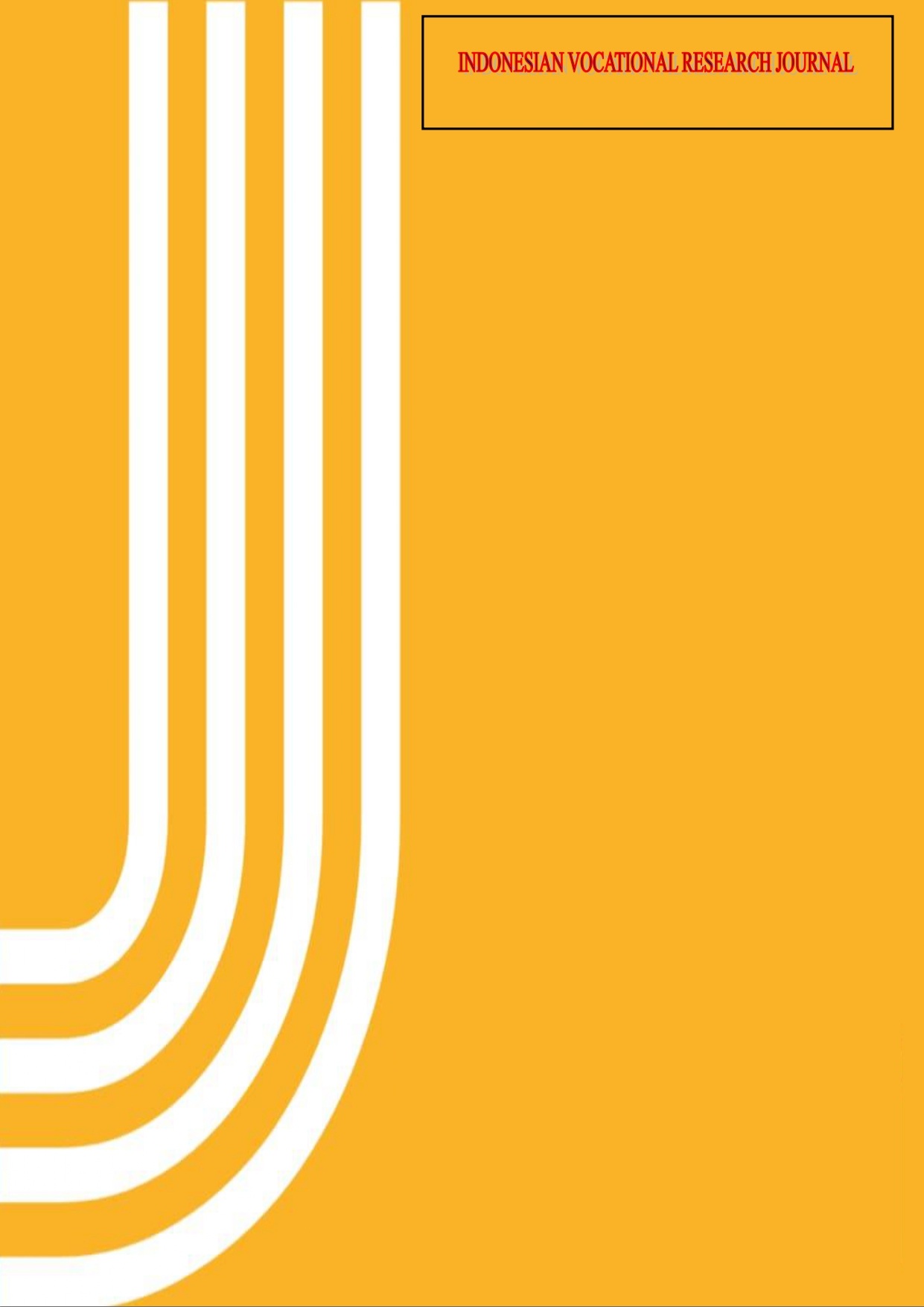Effectiveness of Internal Control Systems Over Cash Receipts and Disbursements Procedures at PT. Kumon Indonesia
DOI:
https://doi.org/10.30587/ivrj.v4i2.10270Abstract
This study aims to analyze the effectiveness of the internal control system over cash receipt and disbursement procedures at PT. Kumon Indonesia Gresik Branch. In this era of rapid digitalization, the need for a transparent and accountable financial management system has become very important, especially in the education sector. This study uses a qualitative descriptive approach with data collection methods through interviews, observation, and documentation. The results of the study indicate that PT. Kumon Indonesia Gresik Branch has implemented several key principles of internal control, such as the use of valid transaction documents, separation of duties between administrators and business owners, and manual and computerized transaction recording. However, there are still weaknesses, including overlapping duties between the administrative department and business owners, the absence of formally documented standard operating procedures (SOPs), and inadequate monitoring. Therefore, it is recommended that the company strengthen the separation of functions, establish clear and documented SOPs, and increase the frequency of monitoring and evaluation. With these improvements, it is expected that the effectiveness of internal control will increase, thereby preventing fraud, enhancing the reliability of financial reports, and strengthening stakeholders' confidence in the company's financial management.
References
Arens, A. ., Elder, R. ., Baesly, M. ., & Hogan, C. . (2023). Auditing and Assurance Services: An Integrated Approach (18th ed.).
Baridwan, Z. (2021). Intermediate Accounting (Ed. 9 Cet.).
COSO. (2013). COSO – The Committee of Sponsoring Organizations of the Treadway Commission. Internal control – Integrated framework. COSO.
Hanafi, M. M., & Halim, A. (2016). Analisis laporan keuangan. Yogyakarta: Upp Stim Ykpn.
Handayani, S. (2021). Evaluasi sistem pengendalian intern penerimaan dan pengeluaran kas pada Taman Kyai Langgeng Magelang. Jurnal Ilmu Manajemen dan Bisnis.
Harahap, S. S. (2021). Analisis Kritis Atas Laporan Keuangan. Rajawali Press. https://books.google.co.id/books?id=5wLZzwEACAAJ
Hidayah, W., Nasution, M. S. A., & Harmain, H. (2024). Analisis Sistem Pengendalian Intern Penerimaan Dan Pengeluaran Kas Pada PT. Sejati Inter-Trans Logistic Medan. Jesya, 7(2), 1823–1835. https://doi.org/10.36778/jesya.v7i2.1720
Horngren, C. T., Sundem, G. L., Elliott, J. A., & Philbrick, D. R. (2017). Introduction to financial accounting. Pearson.
Kieso, D. E., Weygandt, J. J., Warfield, T. D., Wiecek, I. M., & McConomy, B. J. (2019). Intermediate Accounting, Volume 2. John wiley & sons.
Mulyadi. (2018). Sistem Akuntansi (Edisi Revi). Salemba Empat.
Mulyadi. (2023). Sistem Akuntansi, Edisi 4. Penerbit Salemba. https://books.google.co.id/books?id=f4ncEAAAQBAJ
Permatasari, D., Nurodin, I., & Martaseli, E. (2022). Analisis sistem pengendalian intern penerimaan dan pengeluaran kas pada PT. POU Yuen Indonesia. OPTIMA, 5(2), 11–19.
Riyanto, B. (n.d.). Dasar-Dasar Pembelanjaan Perusahaan (Edisi Keem).
Romney, B., & Steinbart, P. (2015). M., & Steinbart, PJ (2015). Accounting Information Systems. Pearson.
Savitri, S., & Herliansyah, Y. (2022). Pengaruh Good Corporate Governance dan Sistem Pengendalian Intern Terhadap Penyalahgunaan Aset Dengan Kualitas Audit Intern Sebagai Variabel Moderasi. Owner, 6(4), 4219–4231. https://doi.org/10.33395/owner.v6i4.1169
Sugiyono. (2017). Metode penelitian kuantitatif, kualitatif, dan R&D. Alfabeta.
Sujarweni, V. W. (2015). Sistem Akuntansi. Pustaka Baru Press. https://books.google.co.id/books?id=7GXuzwEACAAJ
Sutrisno. (2017). Manajemen Keuangan Teori Konsep dan Aplikasi (Cet. 9). Ekonisia.
Warren, C. S., Reeve, J. M., & Duchac, J. (2017). Financial Accounting. Cengage Learning. https://books.google.co.id/books?id=mEsqDgAAQBAJ
Downloads
Published
How to Cite
Issue
Section
License
Copyright (c) 2025 Dinda Rachma Novianti, Nyimas Wardatul Afiqoh

This work is licensed under a Creative Commons Attribution 4.0 International License.


.png)
.png)







